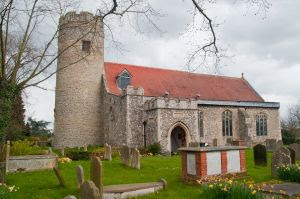|
skip to main |
skip to sidebar


Women's Institute
New Time for Monthly Meeting
All monthly meetings from January 2024 onwards will be on the 2nd Thursday of the month at 2pm, at Poringland Community Centre.
Welcome to ...

- Poringland WI
- Welcome to Poringland WI. We meet on the 2nd Thursday of every month at 2pm at Poringland Community Centre.
Contact Us ...
- President Zelia Dickinson 01508 550388
- Hon Secretary Lesley Sanders 01508 492155
- click here to e-mail us
WI Links ...
What's Going On ?
Labels
- Monthly Meetings (69)
- Special Events (19)
- Outings (14)
- WI Walks (8)
- AGMs (6)
- Monthly Meeting/AGM (6)
- Obituary. (5)
- Fundraising (2)
- Jumble Sales (2)
- 2016 Subscription rates. (1)
- 2017 Subscription rates (1)
- 2018 Subscription rates (1)
- 2019 Subscription rates (1)
- 2020 Subscription rates (1)
Blog Archive
Poringland











